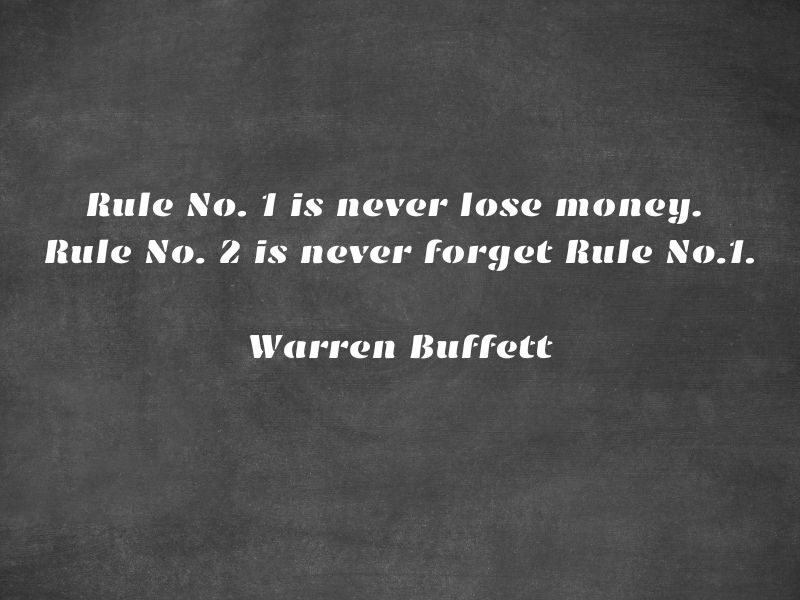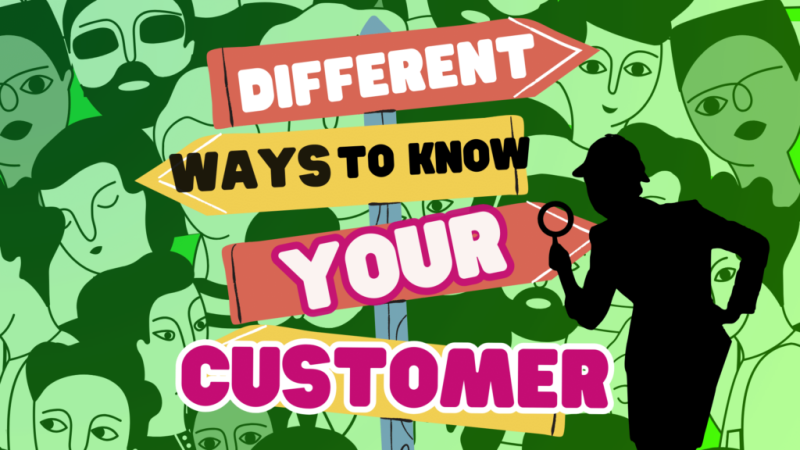Recently, I have been talking about customer value a lot. This perspective has been shared here. It is time to share some thoughts about business value for organizations. This paper is a continuation of the previous one, where I mainly focused on customers.
It is widely known that companies exist to make money, satisfy shareholders, investors, increase market share, etc. This is a typical purpose for such organizations (unless they are non-profit).
What is business value?
Perhaps, there is no single definition of business value. The concept may vary depending on the context. However, it might be considered as a benefit for an organization. Some examples:
- Revenue
- Cost savings
- Cost avoidance
- Shareholder Value
- Market Share
- Reducing Waste
- Improving Operational Effectiveness of Processes
- Brand Image/Reputation
- Employee Engagement
- Social Responsibility
- Customer Value
- Innovations
- Time-to-Market
- Many more
Tip for the Product Owners: define what is a business value in your context?
Make a profit/save costs - Product Owners should not forget about it.
Delivering value for the organization requires balancing business and customer value. While it’s crucial to make a profit, organizations should also ensure that they consider customers’ outcomes.
I have observed in companies that most of the Product Owners are unaware if their products are increasing their revenues. In addition, some of them are not aware of the cost of their products. The most worrying situation is when investments in a product are not tracked, and the organization buries all inconvenient facts about it. I have met such cases several times. This is a question about ethics as well.
Let me cite the words of Warren Buffett “Rule No. 1 is never lose money. Rule No. 2 is never forget Rule No.1.”

There are several reasons explaining why these Product Owners have little knowledge about the revenue/cost of their products (for instance, unempowered Product Owners, project-oriented organizations, and so on), but this blog post is not about it. You might find more about empowering Product Owners here.
If you are a Product Owner or Product Manager, consider how likely your products are losing money unnecessarily?
Empiricism and Evidence-Based Management might help here to make better product decisions.
Another question to Product Owners: Do you have a Business Strategy?
In a Product Business Strategy, you can indicate the whole big picture of your product, including revenue streams, cost structure and customers archetypes.
Business value and business agility
Business value is strongly related to the organization’s ability to make fast business decisions based on market changes, customers, and business trends and pivot when needed.
Business agility inter alios means that Product Owners are prepared for changes as they are inevitable. Business strategies and product visions might evolve once the change occurs.
This topic requires more attention and a separate paper as business agility refers not only to the ability mentioned above but also to organizational culture and other areas.
Business value and customer value
It is worth emphasizing again that the more value you deliver to your customers should be reflected in business value.
Having only revenue-related Product Goals might not be a good idea. On the other hand, neglecting profits and the company’s business conditions can result in poor product profitability.
Final tips:
- Be transparent,
- Employ empiricism,
- Have data that may help you make product decisions,
- Measure business value,
- Be aware of the costs of your product,
- Avoid waste (unnecessary procedures, processes, and delivering features that nobody wants),
- Balance customer value and business value,
- Empower teams to be more creative and innovative,
- Have a Product Business Strategy,
- Be aware of current market trends and respond to them,
- Pay attention to the ability to make rapid changes when needed.
End note
While customer value is crucial, Product Owners cannot forget the business side. Measure and have data. Make your product valuable for customers and profitable for the organization.


